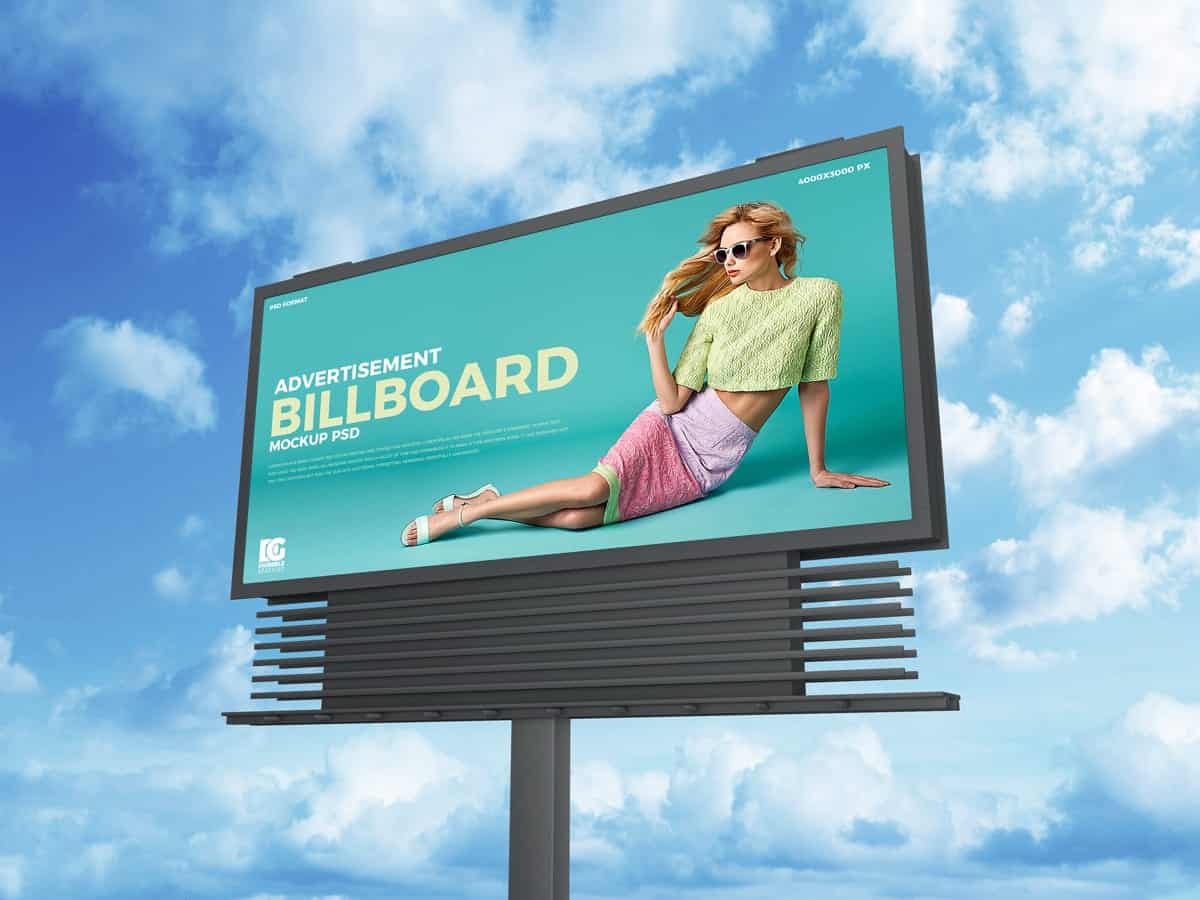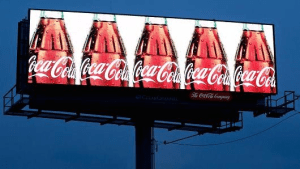In the world of out-of-home (OOH) marketing, billboards remain one of the most prominent tools for reaching mass audiences. Their large-scale visibility makes them ideal for brand awareness, event promotions, and geographic targeting. But while many marketers focus on the headline rates when considering billboard advertising, the billboard advertising cost can climb quickly due to a variety of hidden fees.
If you’re a marketing professional planning a billboard campaign, understanding the true cost of billboard advertising is essential for budgeting, ROI analysis, and vendor negotiation. In this blog, we break down the unseen layers of billboard ad pricing and reveal the fine print that could affect your bottom line.
The Real Billboard Advertising Cost Isn’t Just the Rent
Most blogs and vendors quote a base rate for billboard space—usually in cost per thousand impressions (CPM). However, this price is often just the starting point. The billboard advertising cost involves more than just securing the physical or digital space.
Common Hidden Costs Include:
Production and printing
Installation and removal
Permit and zoning fees
Lighting or energy fees (for digital billboards)
Creative development
Maintenance and repairs
Contract flexibility and termination penalties
Billboard Advertising Cost Breakdown: What Marketers Should Know
Production and Printing Fees
What you see isn’t what you pay. For static billboards, the production of vinyl materials typically costs $300 to $1,000, depending on size and quality. Some vendors bundle this cost, while others charge separately.
Tip: Ask if production is included in the quoted billboard advertising cost or charged as a separate line item.
Installation and Removal
Installing the billboard ad can cost another $200 to $500, and removal often carries a separate fee. Depending on height, access, and billboard type, labor and equipment costs can increase.
Example: A campaign that rotates creative monthly could incur thousands in repeat install/removal fees.
Permit and Zoning Charges
Local governments may require billboard-specific permits, especially in metropolitan or restricted zones. These can range from $50 to several hundred dollars, and processing time may delay your campaign launch.
Caution: Non-compliance can lead to fines or ad takedown.
Energy & Illumination Costs (Digital Billboards)
Digital billboard ads incur monthly electricity and operational costs, which are rarely included in upfront quotes. Some contracts include a lighting surcharge or even reboot service fees for malfunctioning displays.
Insight: Ask for a breakdown of digital billboard advertising cost per ad slot per day.
Billboard Ads and Creative Services: Is It Really Extra?
While some brands provide their own artwork, others rely on the media company or third-party designers. Creative design may add $500 to $2,000+, depending on revisions, animation (for digital), and approval processes.
Pro Tip: Request pre-approved templates or bulk creative discounts if planning multiple billboard ads.
Contract Clauses That Affect Billboard Advertising Cost
Termination Fees and Minimum Commitment
Billboard advertising contracts often lock you into 4- to 12-week minimums, with cancellation clauses that charge up to 50% of the remaining balance.
Watch for: Early termination penalties or vague “rescheduling” clauses that disguise extra fees.
Maintenance & Weather Damage Costs
In some cases, damage due to weather or vandalism may not be covered. You could be responsible for reprinting and reinstalling the ad.
Ask vendors: Who pays for damage repairs and how quickly are they resolved?
Billboard Advertising Cost by Type: Static vs. Digital vs. Mobile
Billboard Type | Base Monthly Cost | Common Hidden Costs |
Static Billboard | $1,000 – $4,000 | Printing, install/removal, permits, lighting |
Digital Billboard | $1,500 – $10,000 | Design/animation, slot availability, electricity |
Mobile Billboard | $500 – $5,000 | Route customization, vehicle wrap, driver insurance |






